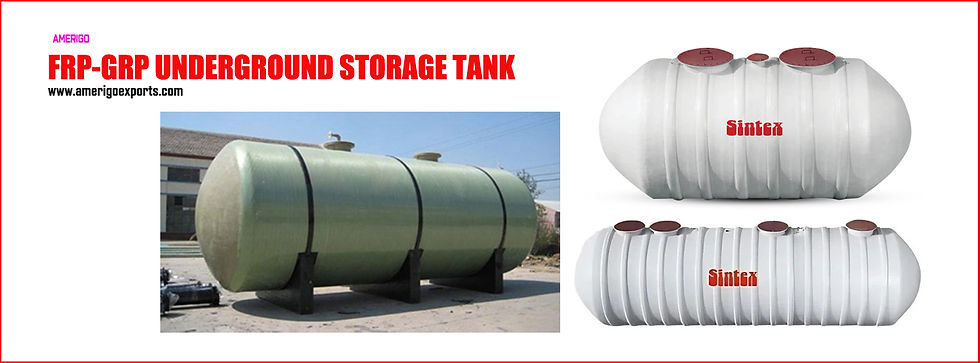Exporting Injection Molding plastic pallets in Philippines
- Amerigo Exports
- Nov 1, 2023
- 2 min read
Exporting injection-molded plastic pallets to the Philippines, or any other country, involves several steps and considerations. Here's a general guide to help you get started:
Market Research:
Research the demand for plastic pallets in the Philippines. Understand the target market, including industries and potential customers.
Legal and Regulatory Requirements:
Check the import regulations and requirements for plastic products in the Philippines. You may need to comply with safety standards, labeling, and certification.
Product Specification:
Ensure that your injection-molded plastic pallets meet the necessary quality standards and specifications. Work with manufacturers who can produce pallets that meet local requirements.
Supplier Selection:
Identify reputable injection molding companies or manufacturers capable of producing the required quantity of pallets. Conduct due diligence to verify their quality and reliability.
Quality Control:
Implement a quality control process to ensure that the plastic pallets meet international standards and are fit for export.
Pricing and Terms:
Determine pricing strategies, payment terms, and shipping costs. Negotiate with your suppliers and consider the overall cost structure.
Packaging:
Ensure proper packaging to protect the plastic pallets during transit. Packaging should also comply with international shipping regulations.
Shipping and Logistics:
Choose a reliable freight forwarder or logistics partner to handle the transportation of your pallets to the Philippines. Consider transportation modes (air, sea, or land) based on your needs and budget.
Documentation:
Prepare all necessary export documents, including invoices, bills of lading, certificates of origin, and other required paperwork.
Customs Clearance:
Work with a customs broker or agent to facilitate the customs clearance process in the Philippines. Comply with all import regulations.
Distribution and Marketing:
Develop a marketing and distribution strategy in the Philippines. Consider partnering with local distributors or establishing a local presence if necessary.
After-sales Support:
Provide support to your customers in the Philippines, including warranty, technical assistance, and any necessary follow-up services.
Payment and Currency Exchange:
Decide on the payment methods and currency exchange mechanisms for transactions with customers in the Philippines.
Cultural Sensitivity:
Understand and respect the cultural norms and business practices in the Philippines to build strong business relationships.
It's important to conduct thorough research and due diligence throughout this process to ensure a successful export venture. Additionally, consulting with legal and trade experts who are familiar with the import/export regulations of the Philippines can be beneficial.





Comments